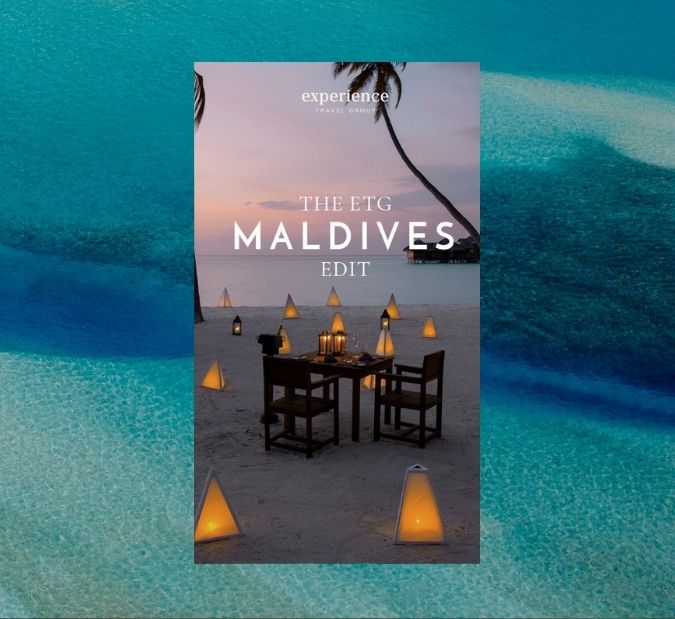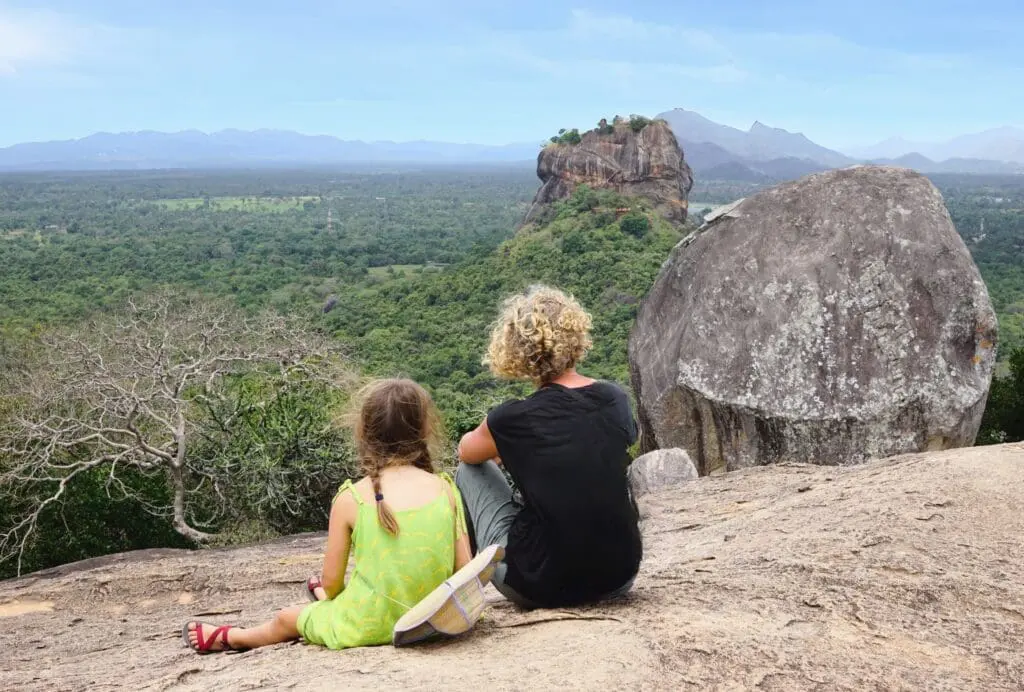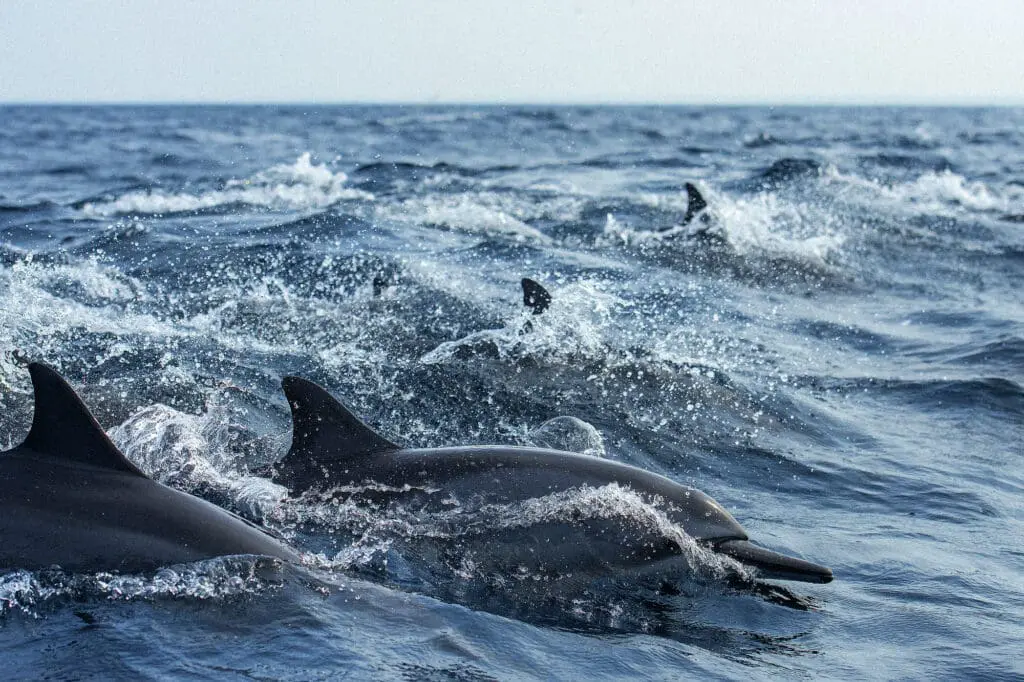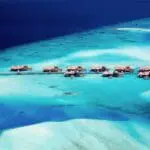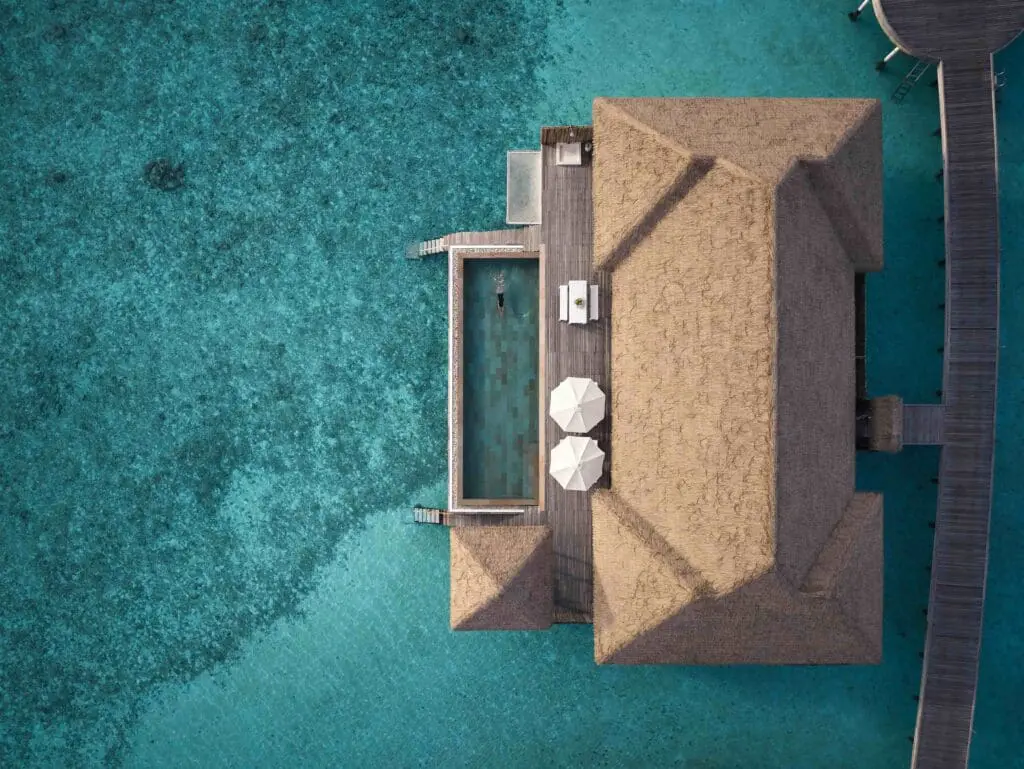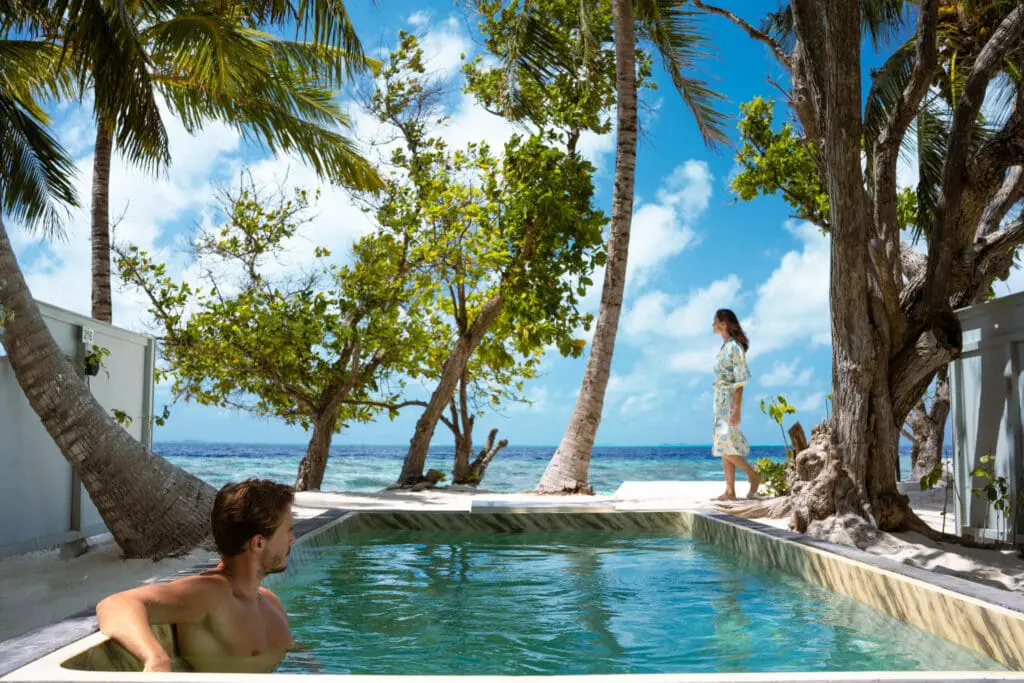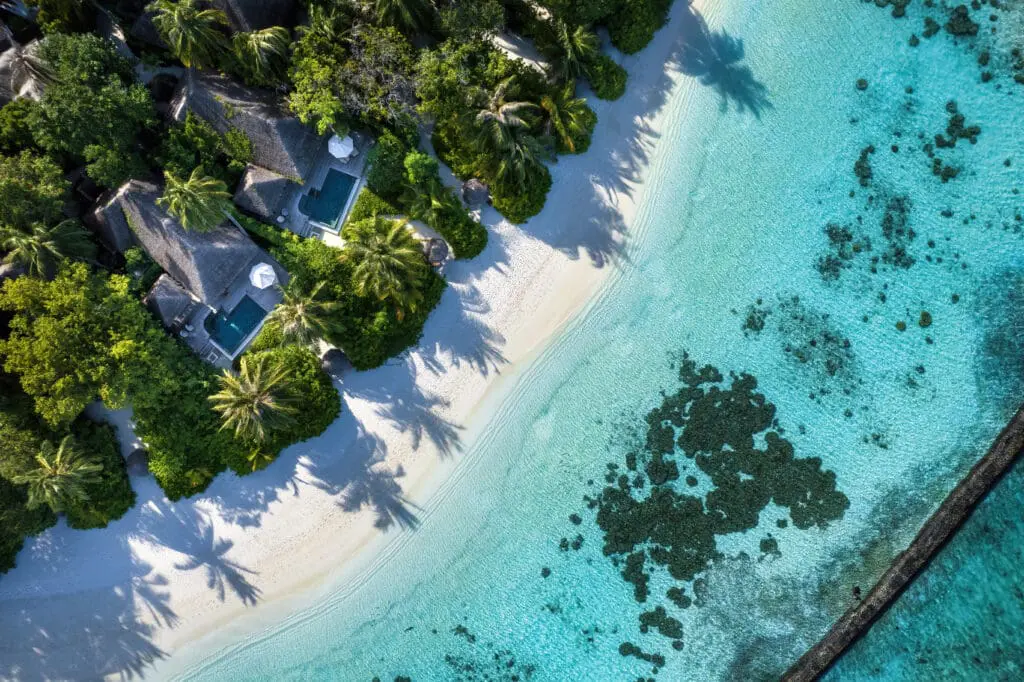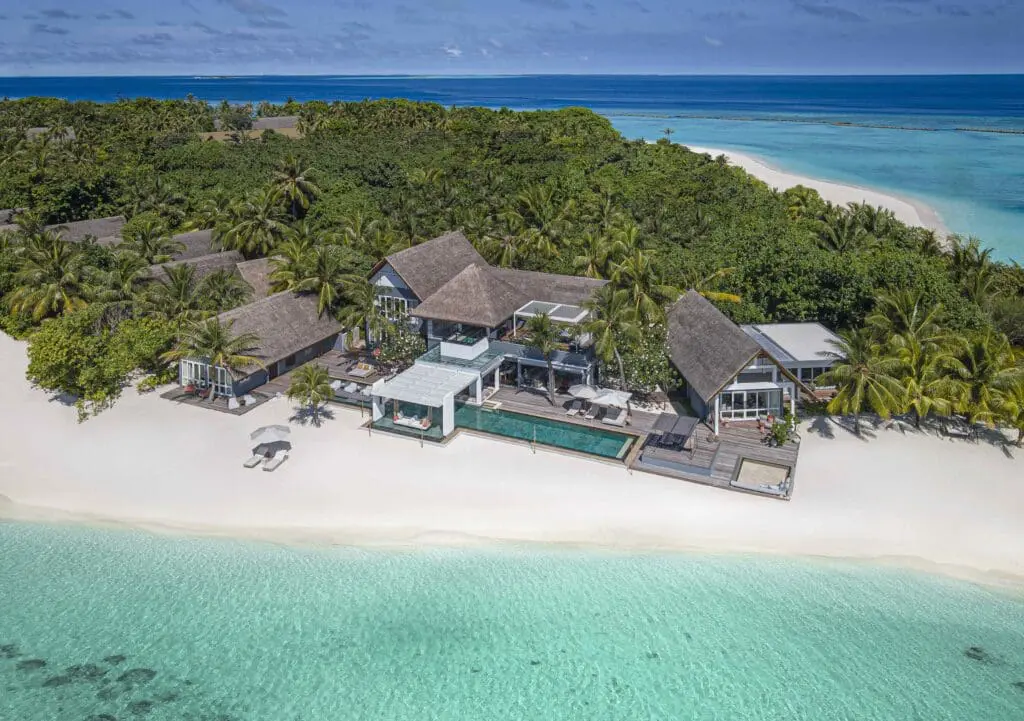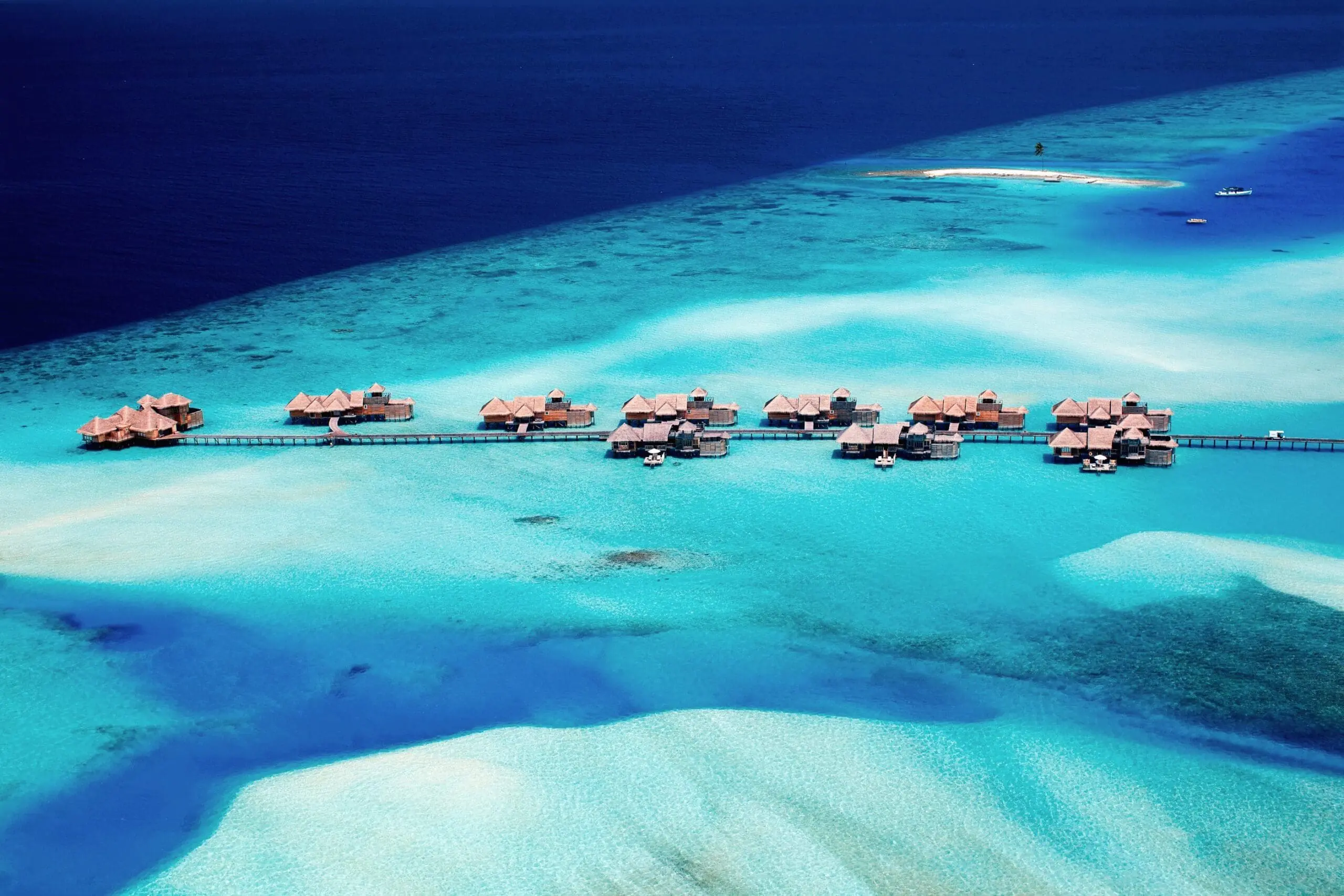


The Maldives is known as a byword for bliss. But it can be so much more than just a dreamy setting. When paired with countries like Sri Lanka or India, it becomes the cherry on top of a rich, experience-led holiday.
At Experience Travel Group, we help you combine the Maldives with immersive adventures elsewhere, then slow things down in a way that feels meaningful.
Whether that’s snorkelling with marine biologists, watching the reef come alive from your over-water villa or staying on a local island. It’s blissful relaxation on your own terms, to your own tempo. We curate your getaway just right.
All Experience Travel Group holidays are designed for delight, not decision fatigue. Hand over the planning admin to our trusty Travel Team who’ll curate your own bespoke package.
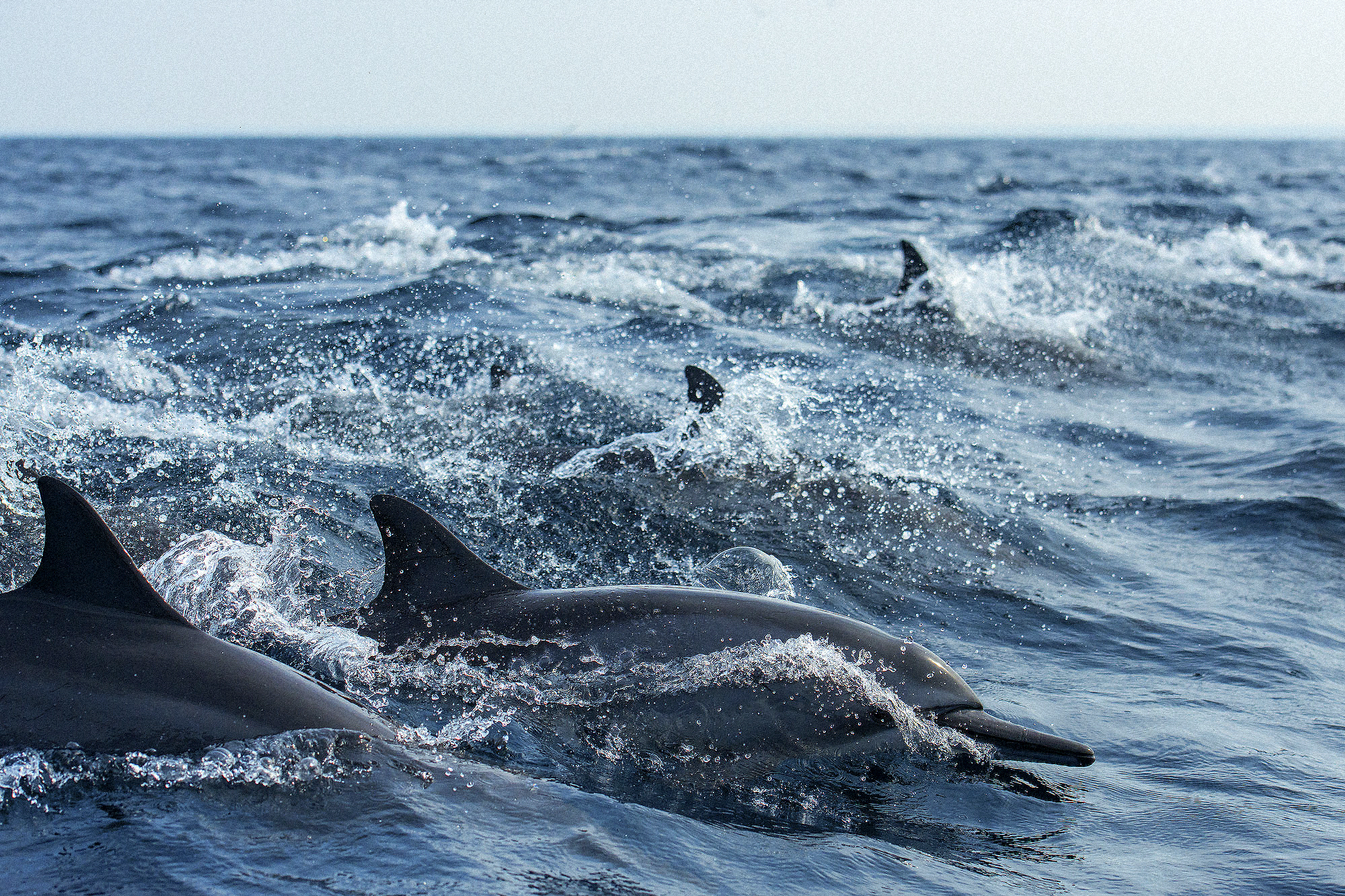
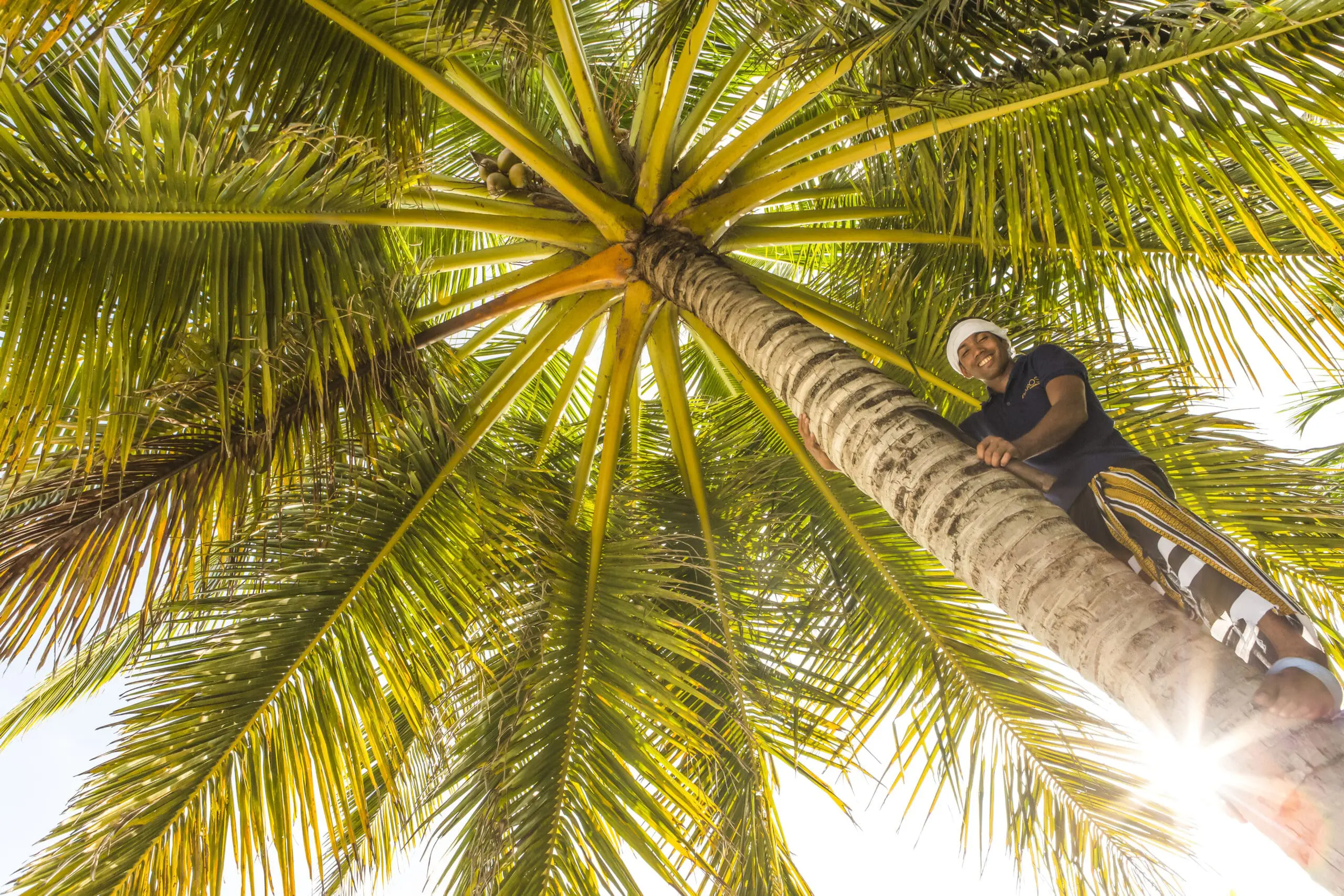

Our Unique Holidays in The Maldives
Relaxing, immersive, life-affirming adventures that show you the best of the destination. Packed with experiences that connect you to the country and are kind to its people and environment. Your holiday can be as adventurous or as luxurious as you choose, as every trip will be turned into your own bespoke package.
Here are some ideas to spark your curiosity…
In Our Travellers’ Words
Meet Our Experts

“The Maldives is fabulous way to round off a holiday. And it doesn’t have to be predictable. Here at ETG, we have plenty of off-beat expriences up our sleeve to share with you.”
Lola
The Maldives Specialist
Explore Our Hotels in The Maldives
Wherever you go, and whatever you do, at the end of every day you can always be sure of a comfortable rest. Every location on our list of hotels is handpicked, and in its own way, shares the history, the hospitality, and the soul of Bhutan. Below are some examples of the different hotels we use — they’ll live long in your memory.
The Curious Traveller’s Expert Guide to The Maldives
The ETG Maldives Edit is our experts’ edit of hotels, experiences and holiday tips. Get your complimentary copy today.
You’ll receive five emails from us as well as the guide you requested. They will be inspiring, helpful content about holidays to this country with ETG. You’ll then be added to our weekly newsletter list, but you can always unsubscribe using the link in any of our emails.
